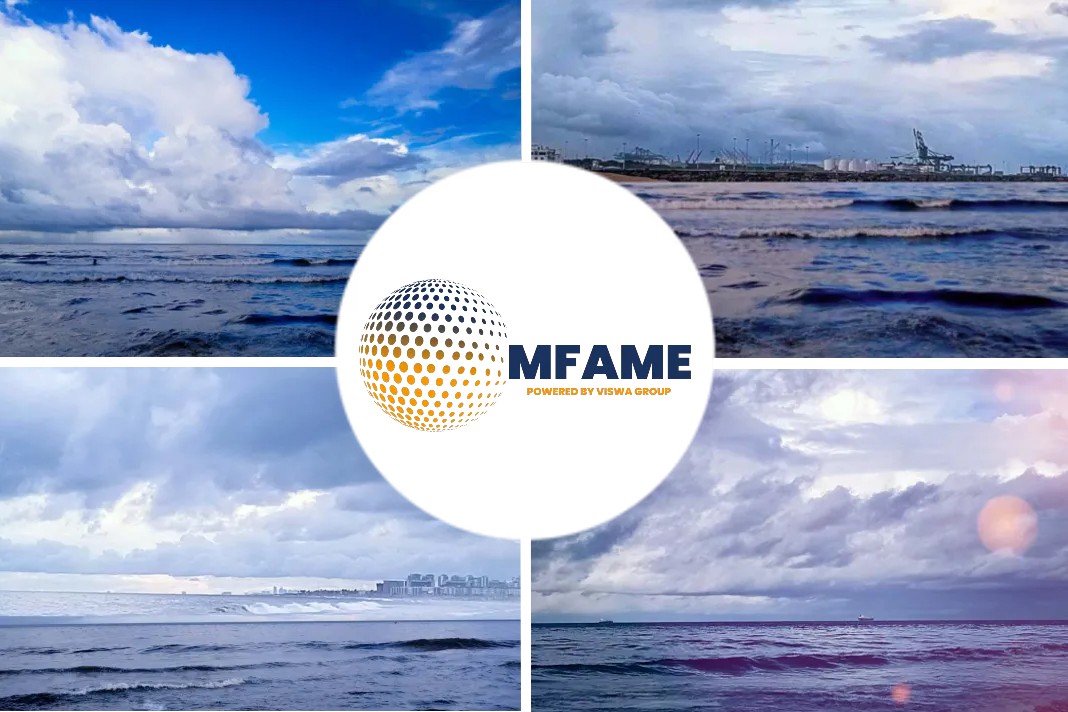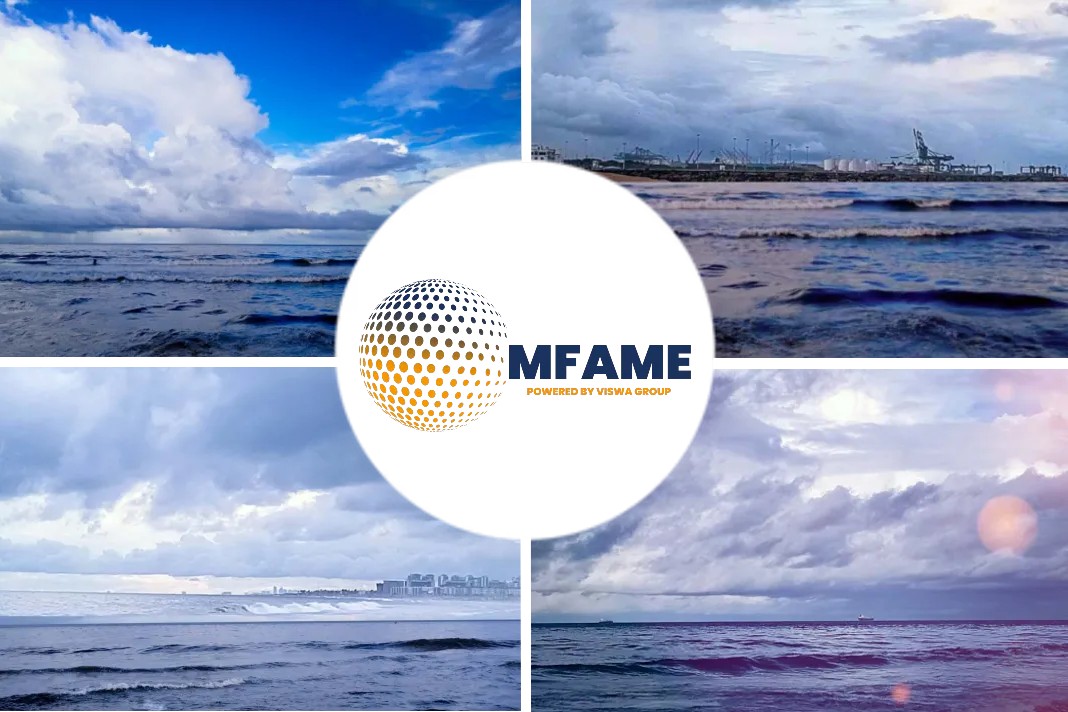- The coronavirus outbreak continues to drag on economic growth, and particularly dampen demand for oil products.
- Removal of sanctions on a large Chinese tanker entity by the US government lifted the market in Q4 2019.
- In March 2020, the 1-year TC rate for a VLCC reached USD 58,750 per day.
- The premium for a scrubber-fitted VLCC on a 1-year TC has been cut in half from USD 10,000 per day on 10 January to USD 5,000 per day on 27 March 2020.
- Total production estimated at 102.2 million barrels per day (m bpd) in Q2 compared to estimated consumption of 100.3m bpd proves an imbalance.
- With land-based oil storage approaching full capacity fast, oil traders may look to time charter VLCCs for floating storage.
According to Peter Sand, the coronavirus outbreak continues to drag on economic growth, and particularly dampen demand for oil products, says an article published in BIMCO website.
Oil price disturbed by Coronavirus
BIMCO’s Chief Shipping Analyst, Peter Sand said, “The outbreak of the coronavirus has impaired major economies around the world and slowed down demand for oil products. The oil price war is temporarily offsetting this slowdown of crude oil tanker demand, but this will only underpin the market for so long, and the outlook is not shaping up positively in the medium-term.”
Reasons for soaring tanker charges
Lifting of sanctions
The US government removed sanctions on a large Chinese tanker entity on 31 January, which, among other geopolitical factors, had lifted the market in Q4 2019.
Coronavirus impact
The lifting of sanctions, coupled with the implications of the coronavirus, added downward pressure to the rates.
OPEC+ alliance
The breakdown of the OPEC+ alliance and subsequent outbreak of an oil price war in early March, led to a spectacular U-turn for the spot freight and TC rates.
Factors that contributed inflated rates
- Time charter rates gradually increased from the lows of 2018, until geopolitics kicked in during September 2019, which inflated rates into extremely profitable territory.
- Rates remained high for the remainder of Q4, but eventually fell as the elevated rates were not supported by market fundamentals and the transitory effects evaporated.
- This is once again the case with the breakdown of the OPEC+ alliance lifting rates despite otherwise poor market fundamentals i.e. fleet overcapacity.
- On 27 March 2020, the 1-year TC rate for a VLCC reached USD 58,750 per day.
BIMCO expects this level to fall as geopolitics eventually ease and the fundamentally lower oil demand takes hold.
Freight rates not to remain elevated?
While most of the crude oil transports are fixed in the volatile spot freight market, the 1-year TC market is more stable and serves as a proxy for the medium-term outlook.
However, given the nature of the spike, freight rates are not expected to remain elevated for the rest of 2020 and shipowners are therefore keen to fix their ships at current rates.
Risk management
Fixing now is risk management. The current quote for a 3-year TC of a VLCC is USD 36,250 per day, the highest since May 2016, apart from two outlying weeks in mid-October 2019.
Oil price fall
- As oil prices have plummeted, with Brent crude reaching 18-year lows, the prices for low-sulphur bunker fuels have followed along the same trajectory.
- The narrowed low-sulphur to high-sulphur spread has diminished the upside of a scrubber.
- The premium for a scrubber-fitted VLCC on a 1-year TC has been cut in half from USD 10,000 per day on 10 January to USD 5,000 per day on 27 March 2020.
Opportunities for storage on VLCCs
- Crude oil from Saudi Arabia to flood the market and with no consumption, building-up of inventory has become inevitable.
- An imbalance to prevail between liquid fuels production and consumption during much of 2020 with total production estimated at 102.2 million barrels per day (m bpd) in Q2 compared to estimated consumption of 100.3m bpd.
- This implies inventory building of 1.9m bpd.
- Most of it is set to take place in April for as long Saudi Arabia keeps production elevated.
Where is the supply-demand imbalance heading to?
According to Peter Sand, we are heading for a period of massive supply-demand imbalance, where the oil supply is high, but major economies are in lockdown.
With land-based oil storage potentially approaching full capacity fast, it is limited how much additional oil can be imported.
Risk-loving oil traders may look to time charter VLCCs for floating storage. Such actions will extent the time of elevated freight rates.
”In recent years, the oil tanker market has, to a large extent, been driven by external factors. While other shipping markets instantly suffer from the fallout of the coronavirus crisis, the crude oil tanker market has yet to feel the same pain, thanks to the massive fall in oil prices, reflecting yet another external factor,” says Peter Sand.
Did you subscribe to our daily newsletter?
It’s Free! Click here to Subscribe!
Source: BIMCO

















